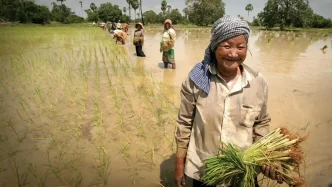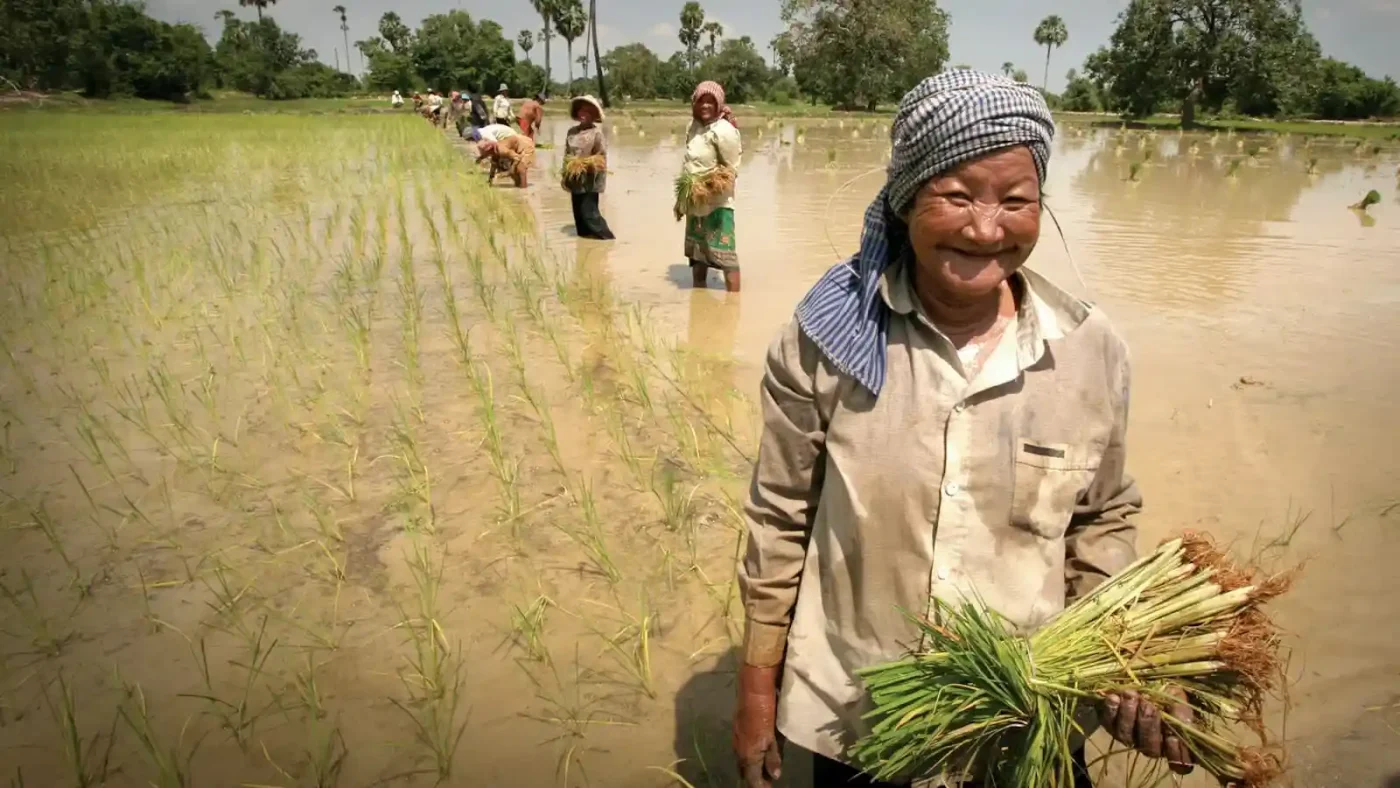The Cambodian government has unveiled an ambitious $35 million initiative to transform rural farming through the creation of modern agricultural communities. Announced as part of a broader strategy to boost economic growth and food security, the plan aims to modernize farming practices, improve livelihoods, and position Cambodia as a regional leader in sustainable agriculture. With the agricultural sector employing nearly a third of the country’s workforce, the stakes for this policy are high, as it seeks to address long-standing challenges like low productivity and rural poverty.
A Vision for Modern Farming
The core of the initiative involves establishing model agricultural communities across the country, equipped with advanced technologies, irrigation systems, and training programs. According to a statement from the Ministry of Agriculture, Forestry and Fisheries, the $35 million fund will support the development of infrastructure, provide access to high-yield crop varieties, and offer financial incentives for farmers to adopt sustainable practices. The government hopes these communities will serve as hubs for innovation, encouraging collaboration between farmers, researchers, and private enterprises.
Prime Minister Hun Manet emphasized the importance of this shift during a recent address in Phnom Penh, stating, “Agriculture is the backbone of our nation, and modernizing it is key to ensuring prosperity for future generations.” His administration has prioritized rural development as a pillar of economic policy, with this latest plan building on previous efforts to diversify Cambodia’s economy beyond garment manufacturing and tourism.
Addressing Rural Challenges
Cambodia’s agricultural sector, while vital, faces significant hurdles. Many farmers rely on traditional methods, with limited access to mechanized equipment or modern irrigation. This has resulted in lower yields compared to neighboring countries like Vietnam and Thailand. Additionally, climate change poses a growing threat, with erratic weather patterns and prolonged droughts impacting rice production, a staple crop that accounts for a significant portion of agricultural output.
The government’s plan seeks to tackle these issues head-on. By investing in drip irrigation and water management systems, the initiative aims to reduce farmers’ dependence on seasonal rains. Training programs will also focus on climate-resilient farming techniques, such as crop rotation and organic pest control, to enhance sustainability. In Siem Reap and Northwestern Cambodia, where rice fields dominate the landscape, pilot projects are already underway to test these approaches, with early reports suggesting improved yields.
Economic and Social Impacts
Beyond boosting productivity, the $35 million plan is expected to have far-reaching economic and social benefits. Agriculture employs around 30% of Cambodia’s workforce, particularly in rural areas like Sihanoukville and Southern Cambodia, where alternative job opportunities are scarce. By creating modern agricultural communities, the government hopes to stem rural-to-urban migration, a trend that has strained cities like Phnom Penh while leaving rural areas under-resourced.
Economists have cautiously welcomed the initiative, noting its potential to stimulate local economies. “If implemented effectively, this could increase rural incomes and reduce poverty levels significantly” said Dr. Srey Vutha, an agricultural economist based in Phnom Penh. She added that the focus on technology and training could help Cambodian farmers compete in regional markets, potentially increasing exports of rice, cassava, and other crops.
However, some experts warn that the plan’s success hinges on equitable distribution of resources. Past agricultural programs in Cambodia have faced criticism for favoring larger landowners over small-scale farmers, who make up the majority of the sector. Ensuring that funds and training reach the most vulnerable will be critical to avoiding widening inequality.
Funding and Implementation
The $35 million allocation will be rolled out over the next five years, with funding sourced from a combination of government budgets, international loans, and partnerships with development agencies. The Asian Development Bank (ADB) and the World Bank have reportedly expressed interest in supporting the initiative, though exact figures for external contributions remain undisclosed. Local authorities in provinces such as Battambang and Kampong Cham will oversee the selection of sites for the new agricultural communities, prioritizing areas with high poverty rates and agricultural potential.
Implementation will not be without challenges. Corruption remains a concern in Cambodia, with past infrastructure projects marred by allegations of mismanagement. While the government has pledged transparency in the allocation of funds, skepticism persists among civil society groups. “We need clear mechanisms to monitor how this money is spent” said Nop Sothea, a rural development advocate. Without robust oversight, there is a risk that the benefits of the program may not reach the farmers who need them most.
Regional Context and Global Implications
Cambodia’s agricultural push comes at a time when Southeast Asia is grappling with food security concerns. The region, home to over 650 million people, faces mounting pressure to feed its growing population amid climate change and geopolitical tensions. Neighboring countries like Vietnam have already made significant strides in modernizing agriculture, with initiatives such as the Mekong Delta’s high-tech farming zones serving as a benchmark. Cambodia’s plan, while smaller in scale, signals a growing recognition of the need to adapt to these regional dynamics.
On a global level, the initiative aligns with the United Nations’ Sustainable Development Goals, particularly those related to zero hunger and sustainable communities. If successful, Cambodia could position itself as a model for other developing nations seeking to balance economic growth with environmental stewardship. International observers are watching closely, with some suggesting that the program could attract further foreign investment in the agricultural sector.
Voices from the Ground
For many Cambodian farmers, the announcement brings a mix of hope and cautious optimism. In a village near Siem Reap, 42-year-old farmer Chhorn Srey described the daily struggles of working the land with limited resources. “We work hard, but the yield is not enough to support my family” she said. The promise of training and better equipment has given her renewed hope, though she remains uncertain about how soon the benefits will materialize.
Similarly, in Southern Cambodia, near Sihanoukville, cooperative leader Meas Vanna expressed enthusiasm for the plan but urged the government to involve local communities in decision-making. “We know our land and our needs. If they listen to us, this can work” he said. Such sentiments underscore the importance of community engagement in ensuring the program’s long-term success.
Looking Ahead
As Cambodia embarks on this $35 million journey to transform its agricultural landscape, questions remain about execution and impact. Will the funds reach the small-scale farmers who form the backbone of the sector? Can the government overcome historical challenges of inefficiency and mistrust to deliver on its promises? For now, the initiative represents a bold step toward a more sustainable and prosperous future for rural Cambodia, with the potential to reshape not just the economy but the lives of millions. As the first model communities take shape, their progress will serve as a litmus test for the country’s broader ambitions.















